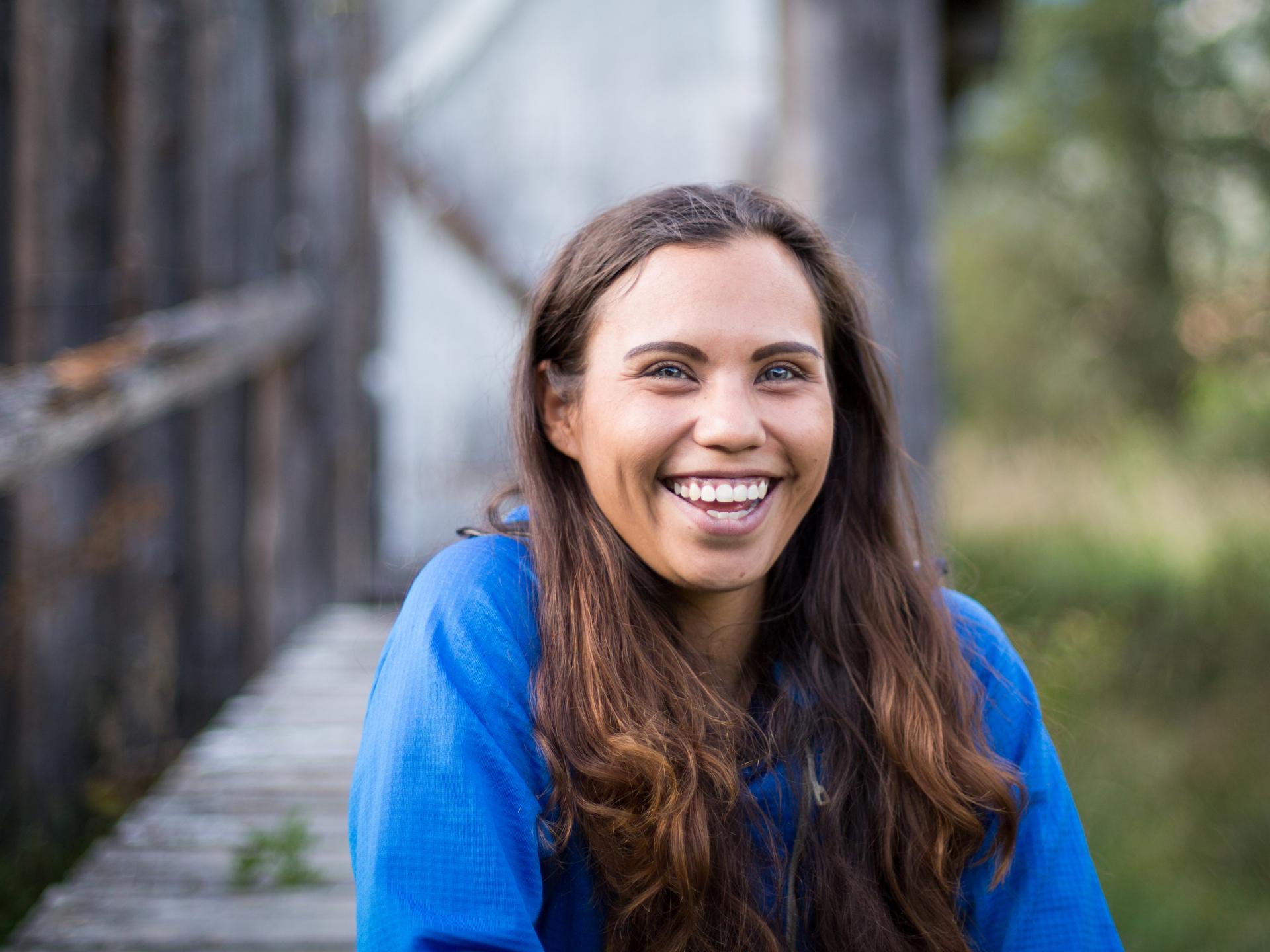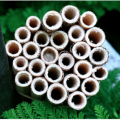The University of Nebraska-Lincoln's Civic Entomology Lab is involves in projects that bring people and insects together in collaboarative ways.
The Hoop at UNL: An Indigenous Food Sovereignty Program

The UNL Indigenous Food Sovereignty Program, called "The Hoop at UNL," welcomes Lincoln Public School (LPS) Native American students onto UNL’s East Campus to engage with Native elders and UNL Extension faculty to learn how to grow their own food and establish food sovereignty for their families and communities. Students will grow both edible and medicinal traditional foods in the Indigenous Garden on UNL's East Campus.
The Community Scientists of Nebraska Network

The Community Scientists of Nebraska Network (CSNN) provides a platform for communication, collaboration, and resource-sharing for program facilitators and the general public to increase awareness and participation in regional community science efforts.
Tick Tag Go

Tick Tag Go is a community-powered effort to establish baseline data on tick distributionsin Nebraska. With new tick species being identified in the state, records of tick presence are critical to understanding which species are found where. Powered by iNaturalist, this project relies on passive surveillance - the collection of ticks that people come across in their daily routine and activities.
Biodiversity and Bioblitzes
The Civic Entomology Lab hosts bioblitzes and biodiversity surveys in numerous locations to increase awareness and appreciation of (especially...but not exclusively arthropod) diversity. Powered by iNaturalist, visitors are encouraged to set up an iNat account, join the projects, explore and share their findings, should they find themselves in these locations.
Bees Louise! Lesson Plans

Bees are more than just bees! Their pollination contributes to one third of our food supply. They visit gardens and let flowers, vegetables, herbs and fruits flourish. They pollinate our wild flowers, plants and many trees. And of course, honey and beeswax come only from the famous honey bee, Apis mellifera.
Insects as a whole are fascinating models to study nature, biology, behavior, ecology and more. Observing insects is fun!
Below are several lesson plans (K-12) that can be used in (and out of) the classroom. All lesson plans have been written to meet the National Science Education Standards and include information for the educator and activities for students. They can be used in the traditional classroom setting, in the home school environment or just for fun! If you have any questions, comments or needs regarding these lesson plans, please let me know!
Lesson Plans
My Bee Book: Diversity and Observation of Bees (3rd - 8th grades)
For the Lesson Plan, click here.
For the Bee Book, version 1 click here and version 2 click here.
Become a Bee: Bee Anatomy (1st - 5th grades)
For the Lesson Plan, click here.
Colorful Bees! Mobile: Diversity of Bees (K - 4th grades)
For the Lesson Plan, click here.
For the Colorful Bees! Mobile, click here.
Honey Bee Communication (4th - 8th grades)
Students make their own Nectar Navigator and learn how to communicate using the honey bee dance language.
The Teacher Guide, click here.
For the Student Packet, click here.
Pollination and the Honey Bee (4th - 8th grades)
Students dissect a flower, make their own nectar guides, keep a food journal and more!
For Teacher Guide, click here.
For the Student Packet, click here.
External Anatomy of the Honey Bee (8th - 12th grades)
Students dissect and study the fascinating structures and functions of the honey bee's external anatomy.
For Teacher Guide, click here.
For the Student Packet, click here.